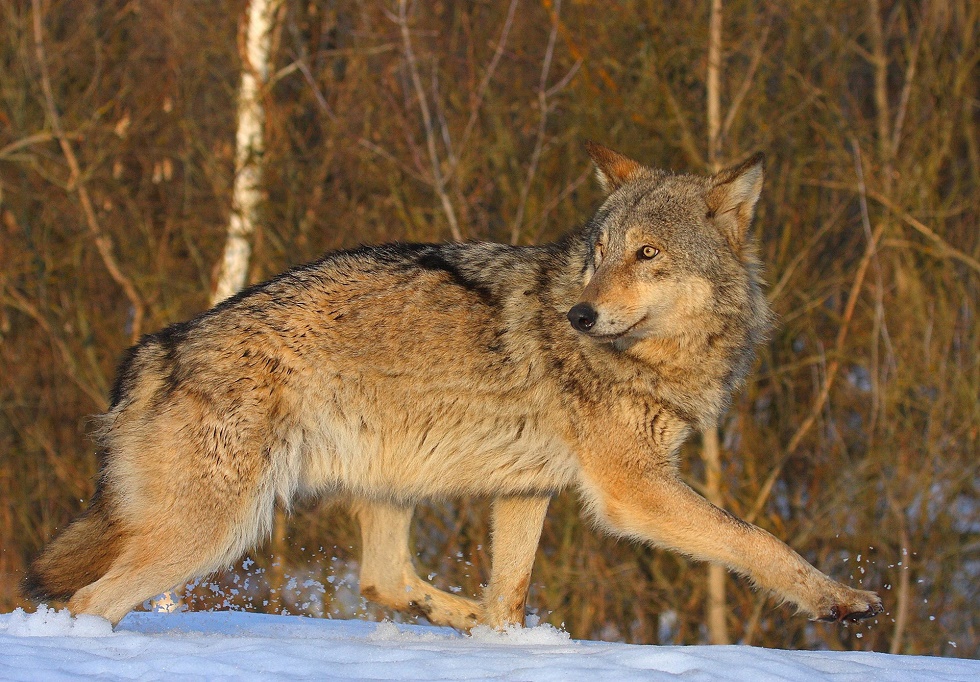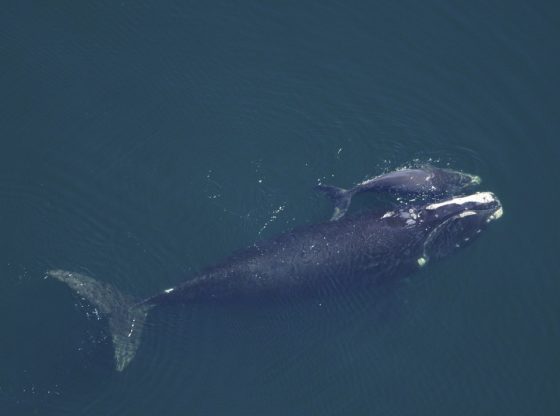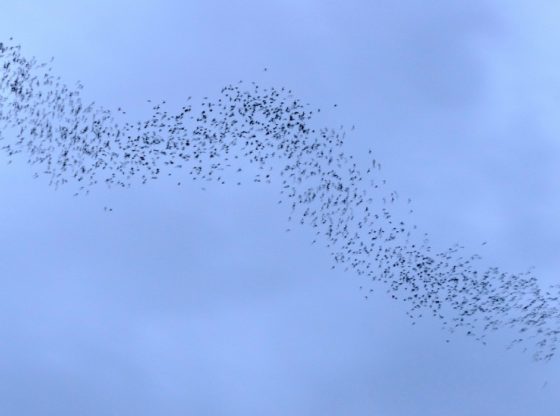
The worst nuclear accident in history has provided wildlife a large sanctuary in Europe.
The prohibited zone around Chernobyl is today probably one of the continent’s richest areas for wildlife, according to a new study.
Humans: Worse than Radiation?
The study has been published in Current Biology and the researchers conclude that wildlife apparently can withstand radiation far better than they tolerate human presence and activities, such as hunting, agriculture, forestry and other proximities of civilization.
Since the nuclear disaster at the Chernobyl nuclear power plant some 30 years ago, the authorities evacuated 116,000 people who lived in the surrounding area. They also established a prohibited area covering 4,200 square kilometers between Ukraine and Belarus.
This area is officially closed for human activity and presence, but a select number of Ukrainians do partly live and work there on the Ukrainian side. The Belarus side of the area is indeed deserted of people, though, and it is now a nature reserve covering 2,165 square kilometers by which all hunting and other activities have been banned since 2005.
It was previously assumed that the amount of radiation still present in the area and the life-cycle for both vegetation and the food cycles of wildlife would damage animals and plants alike. But this new study indicates the contrary. It is the most comprehensive study to date, the team of researchers surveyed the Belarusian reserve from both the ground and the air, using helicopters.
Wildlife is Thriving
What they saw was a surprise. Regardless of how life has been affected by the nuclear accident, the situation today three decades later, certainly do not indicate any adverse effects on the number or variety of wildlife, quite the opposite, wildlife is thriving.
The researchers noted large numbers of wolves, wild boar, elk, deer, European bison and red deer. Far more than in unprotected areas of Ukraine and Belarus, even before the accident in 1986 and about the same number as in other nature reserves in Belarus which have not been affected by radioactive fallout.
______________
Long-term census data reveal abundant wildlife populations at Chernobyl
____________________________











![OpenAI. (2025). ChatGPT [Large language model]. https://chatgpt.com](https://www.illustratedcuriosity.com/files/media/55136/b1b0b614-5b72-486c-901d-ff244549d67a-350x260.webp)
![OpenAI. (2025). ChatGPT [Large language model]. https://chatgpt.com](https://www.illustratedcuriosity.com/files/media/55124/79bc18fa-f616-4951-856f-cc724ad5d497-350x260.webp)
![OpenAI. (2025). ChatGPT [Large language model]. https://chatgpt.com](https://www.illustratedcuriosity.com/files/media/55099/2638a982-b4de-4913-8a1c-1479df352bf3-350x260.webp)








